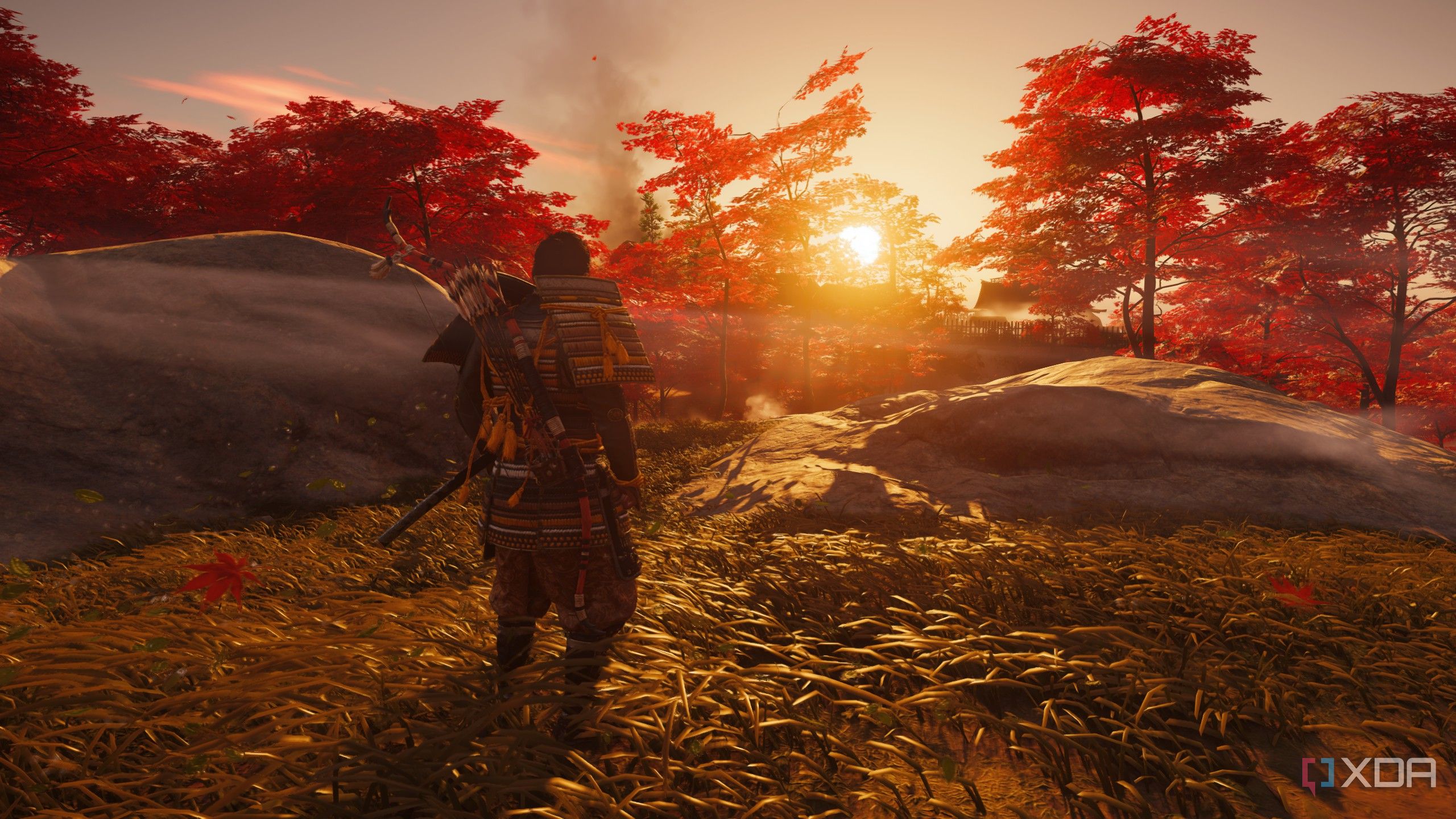The enduring appeal of certain video games often lies not in their graphical fidelity but in their artistic direction. This phenomenon is particularly evident in several PlayStation 4 exclusives that have stood the test of time, captivating players with their unique styles and visual storytelling. Rather than relying solely on high-end graphics, these games harnessed art direction to create immersive worlds that remain visually striking even years after their release.
Ghost of Tsushima: A Masterclass in Visual Storytelling
Released in 2020, Ghost of Tsushima from Sucker Punch Productions is often cited as one of the finest examples of art direction in gaming. Set in feudal Japan, the game brilliantly captures the beauty of the island of Tsushima through its stunning landscapes, including vibrant crimson maple leaves and expansive golden plains. The developers prioritized aesthetic beauty over realism, crafting an experience that feels like a living painting.
One of the standout features is the use of the Kurosawa Mode, which pays homage to the classic Japanese filmmaker Akira Kurosawa. This artistic choice showcases how the developers understood the importance of visual storytelling in samurai narratives. Players are guided by the wind and the natural elements, enhancing immersion in this breathtaking world. The design choices in Ghost of Tsushima serve the narrative’s emotional depth, ensuring that it will remain visually appealing for years to come.
InFAMOUS Second Son: Vibrancy and Energy
Released in 2014, InFAMOUS Second Son was one of the early showcases of the PS4’s capabilities. The game takes place in a rain-soaked Seattle, where players navigate a vibrant playground filled with neon colors and dynamic lighting. Instead of pursuing hyperrealism, the game embraces its comic-book roots, creating a world bursting with personality.
The visual storytelling is enhanced through the energetic portrayal of Delsin Rowe’s powers, which are visually distinct and inform the overall design of the environment. Even nine years later, the game retains its vibrancy and charm, with its artistic style overshadowing raw graphical power. InFAMOUS Second Son serves as a reminder that thoughtful design can outshine technical specifications.
Bloodborne: A Gothic Masterpiece
No discussion of art direction is complete without mentioning Bloodborne, released in 2015 by FromSoftware. The game is renowned for its atmospheric design, which emphasizes mood over graphical detail. Set in the haunting city of Yharnam, Bloodborne captivates players with its gothic architecture and intricate light and shadow play.
The oppressive atmosphere is palpable, as players traverse lanes filled with dread and awe. Even after extensive gameplay, the visuals continue to evoke strong emotional responses. The game’s unique blend of beauty and horror ensures it remains a timeless classic. Its enduring popularity reflects how art direction can shape player experiences far beyond mere aesthetics.
Driveclub: Racing into the Future
Launched in 2016, Driveclub faced a tumultuous start, marred by delays and online issues. Nevertheless, it has emerged as one of the most visually stunning racing games of its time. Developed by Evolution Studios, the game’s art direction romanticizes realism, showcasing dynamic weather effects and atmospheric environments.
Playing Driveclub in 4K resolution today reveals its breathtaking landscapes, from saturated sunsets to glistening tarmac. The developers poured significant effort into ensuring that the visual design mirrored the thrill of driving, ultimately creating an experience that transcends traditional racing games. Despite the studio’s closure shortly after the game’s release, Driveclub remains a landmark title for its artistic achievements.
The legacy of the PlayStation 4 is marked by a collection of games that prioritize art direction over sheer graphical power. These titles demonstrate that a well-executed visual style can create lasting impressions, allowing them to endure well beyond their release dates. As the gaming industry continues to evolve, the lessons learned from these games about the importance of art and design will undoubtedly influence future generations of developers.







